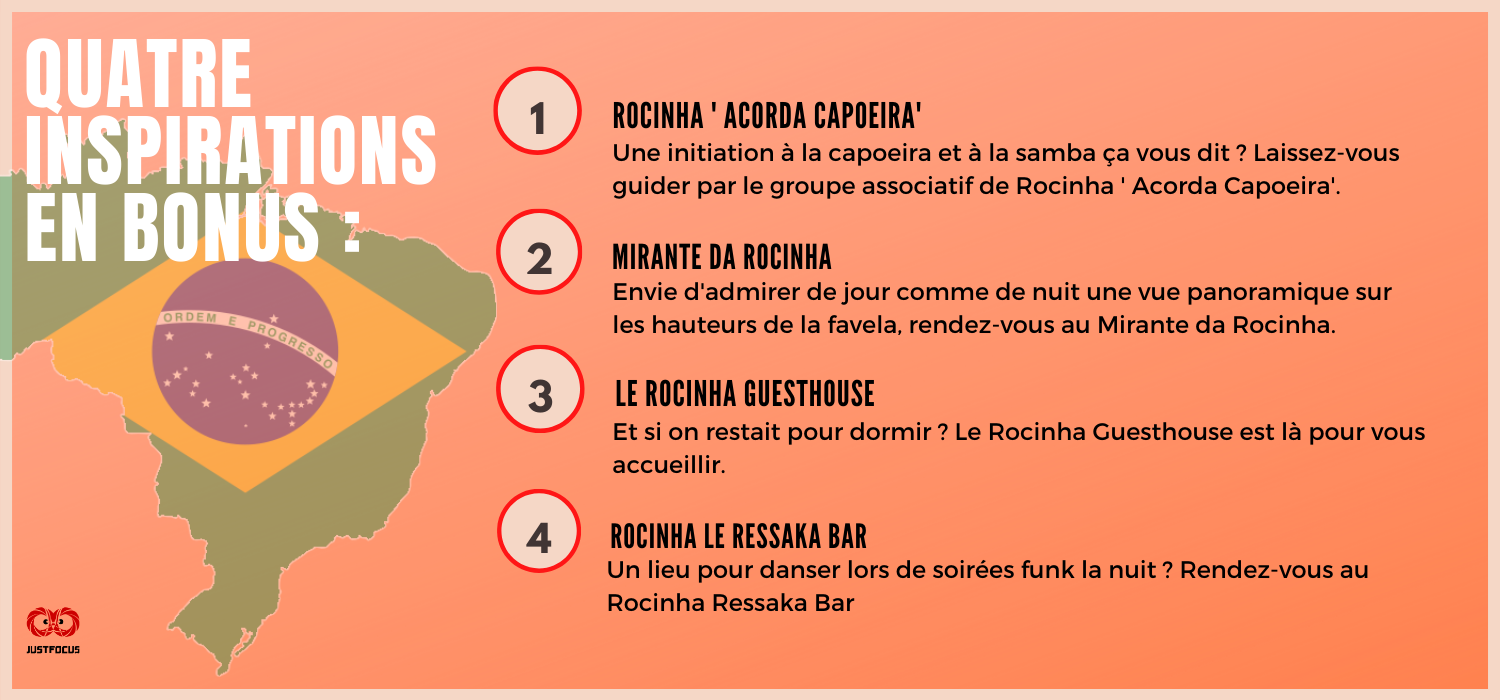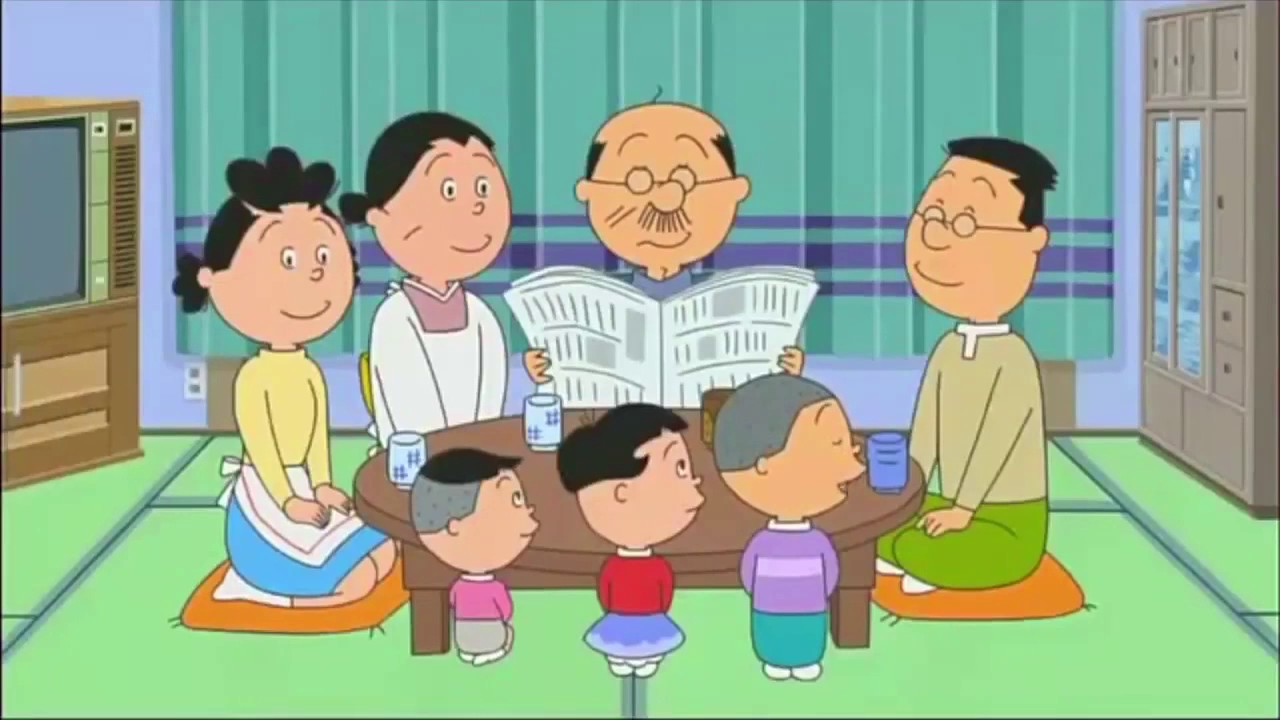Built on the heights of the city, the favelas, mirrors of social fractures are an integral part of Brazilian megacities. Makeshift dwellings, narrow streets, often emblematic of poverty. Nevertheless, to get rid of the representations, it is important to remember that 1/3 of the population of the State of Rio lives in favelas. They are ordinary people. Many of them work as housekeepers, bus drivers, taxi drivers etc. Discovering the culture of the favelas therefore helps to break down entrenched stereotypes and amalgams. However, this kind of visit is debated, and many people are totally against it, equating it with voyeurism. Indeed, not all tricks are a guarantee of proper ethics.
Rocinha: a city within a city
Cradle of a particularly lively popular culture, the favela of Rocinha is a city within a city. Set on a hill, it is the largest favela in Rio, Brazil and even South America. It has its own culture, its own rules, facilities, music, dances, and way of life. Thus, there are many shops, restaurants, bars (with the best funk evenings) but also a library, sports facilities, a transport service (bus) and a hospital within the favela. As strange as it may seem, it is safe to go there provided you are well accompanied. However, it is not possible to go to all the favelas, as some are not pacified. It is therefore necessary to be well informed before undertaking such a visit.
Between contradictions and advances
Living in a favela is not easy. State aid is so insignificant that the inhabitants have to show ingenuity to live. Thus, one of the peculiarities in Rocinha, is that there is one and the same address for all the inhabitants, that of the main street called "Estrada da Gávea". The mail is therefore deposited in boxes where the inhabitants come to collect it directly and for those who are incapacitated, a distribution is organized by associations of the favela such as Correio Amigo, Lixeiro Amigo or by the UPA da Rocinha as Agente de Saúde. A difficulty due to promiscuity and the impossibility of accurately enumerating the population. The former president of Brazil Lula has developed projects with the ambition to improve the living conditions of the favelas by building hospitals, buildings, sports complexes… Regarding access to education, schools are present but the level remains insufficient. That is why parents who have enough income, send their children to schools outside. Art, as a free and committed mode of expression, is also present and can be discovered especially on the surfaces of the favela. Artists such as Marcos Rodrigo, better known as "Wark da Rocinha", or Eduardo Kobra invest the urban space with graffiti.

An observation to be qualified
In Rocinha: a life goes on like for you and me, for most of the inhabitants. But the showcase remains to be nuanced because insecurity exists and persists. Crime and drug trafficking are well and truly present, and affect even the youngest. Indeed, these businesses bring in money every week. However, individuals have the option of choosing or not choosing this path. Each favela has its own justice, with "Gerente da Boca" that is to say managers in different areas of the favela, responsible for the administration of their domain (money, drugs, security, conflicts …). The "Gerente do Morro" manage the managers, they are the right hand of the Boss. The latter is solicited only in important or extreme situations. There is therefore no national justice, but rather a sectoral justice. Therefore, when you live in one favela, you cannot go to another, it is the rule due to rivalries. Nevertheless, what stands out from this experience is the incredible kindness and immense solidarity shown by the inhabitants among themselves. A joie de vivre despite the insecurity, the political and economic difficulties of the country.









































